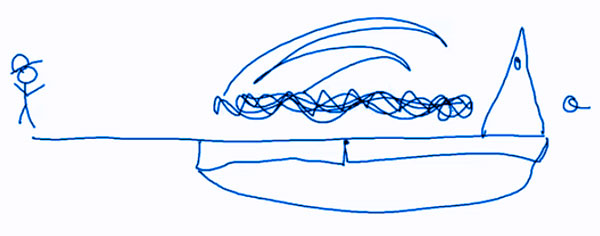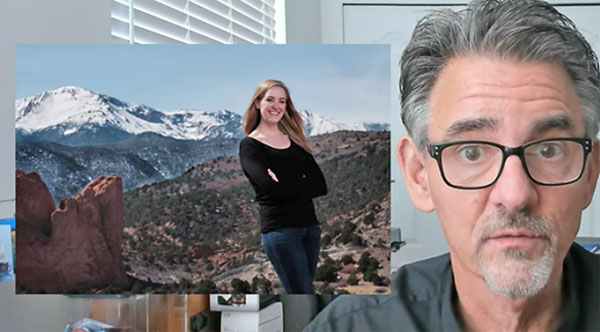HYPERFOCAL DISTANCE: How to Use it for Better Photos (VIDEO)
Hyperfocal distance is an important photographic concept, particularly for landscape shooters, that enables you to obtain maximum depth of field by focusing on a specific point within the frame—somewhere between the foreground and background.
Unlike focus stacking, which involves capturing multiple images and merging them during the editing process (see yesterday’s tutorial), hyperfocal distance is an in-camera technique. The tutorial below demystifies the simple process and demonstrates exactly how it works.
Photographer and educator Booray Perry is a favorite among Shutterbug readers who appreciate both his straightforward tips and his humorous approach to teaching basic photographic techniques. So if you want to learn about maximizing depth of field with minimum effort, and have some fun in the process, take a look at today’s six-minute episode.

Perry says that hyperfocal distance is one of things things that’s not used regularly by some photographers (himself include). He does admit, however, that he could have improved many of his earlier photos by taking this technique to heart.
In his words, this concept describes “the closest distance that allows infinity to be reasonably sharp.” The term “reasonable sharp” is a subjective one, and Perry discusses what he means. In any case, reasonably sharp is much better than soft. By using hyperfocal distance your main subject will be in focus, the background will be reasonably sharp, as will a predictable zone in front of the subject,
In simple terms, by focusing on a distant subject at infinity (like a mountain) you’re “wasting depth of field” because at any given aperture there’s a zone of sharpness in front of and behind the spot upon which you focus. So by strategically focusing on a point in front of infinity, the mountain will still be sharp, as will areas closer to the camera.

The trick, of course, is knowing where that specific point is, and making this determination is actually quite simple. Perry walks you through how it’s done. Using this technique is unnecessary with some scenes you encounter, but when it’s called for it really works.
You can find more simple tips and tricks by visiting Perry’s YouTube channel, so be sure to take a look.
And don’t miss the tutorial we mentioned above, explaining an easy focus stacking technique for achieving completely sharp photos from front to back.





